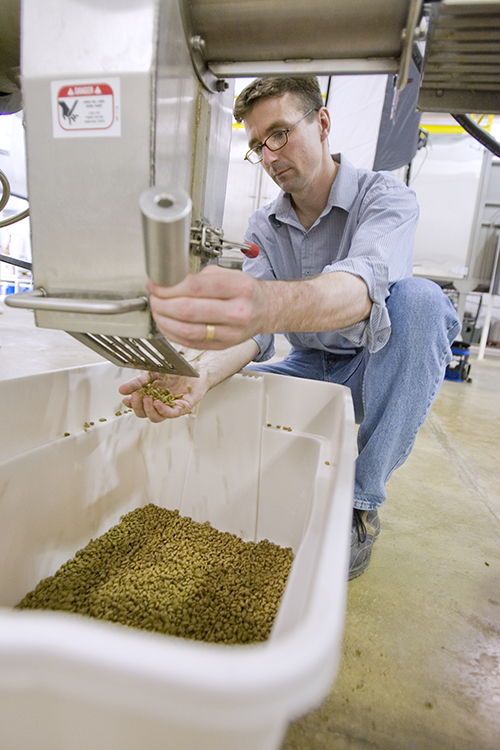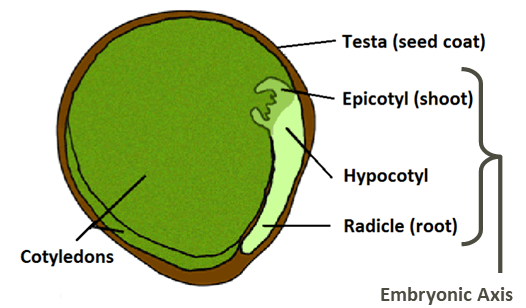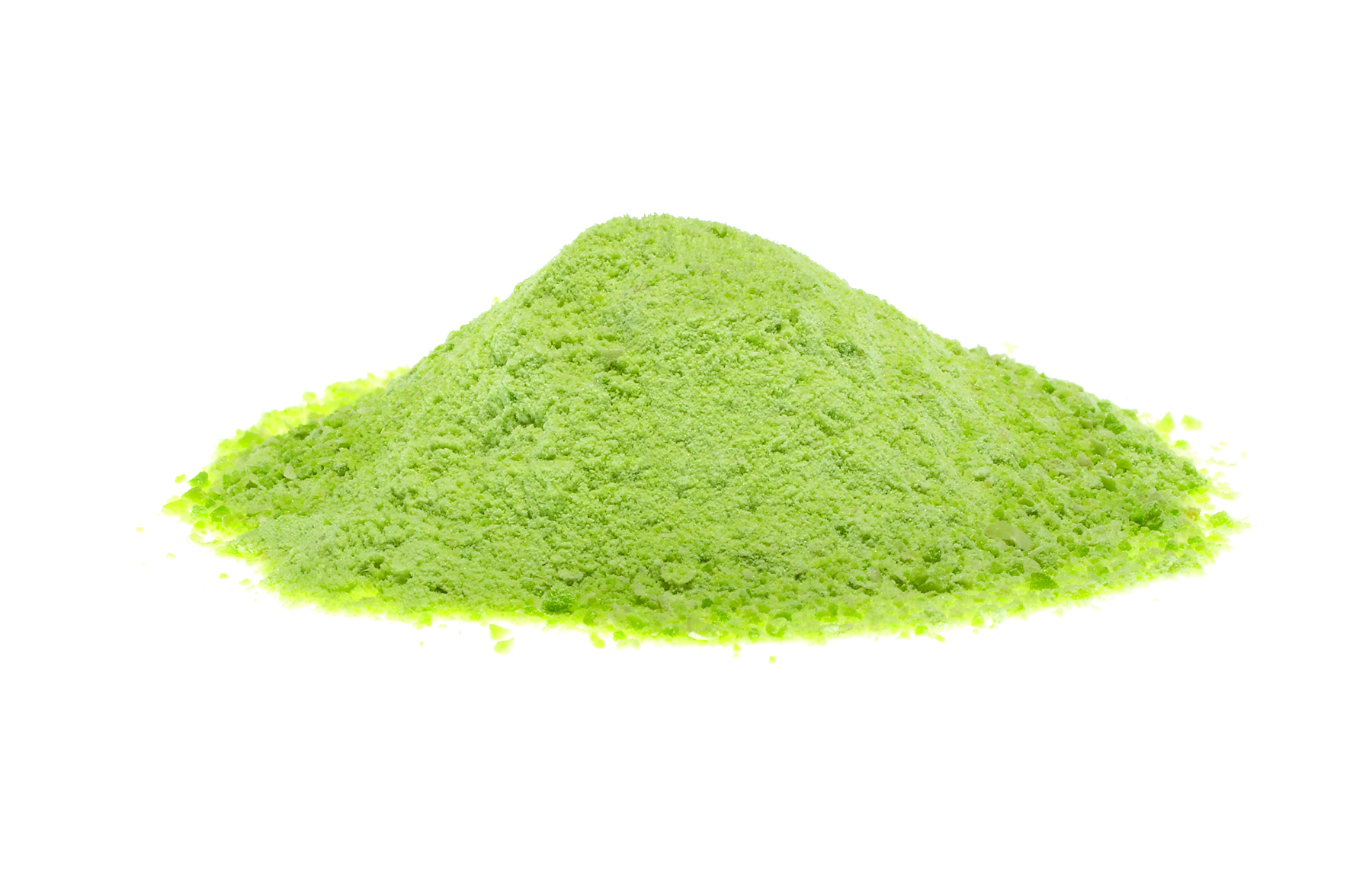Principal Investigator: Dr. Yongfeng Ai
Institution: University of Saskatchewan, Saskatoon, Sask.
Prepared by: Nate Ort, M.Sc.
This project led by Dr. Yongfeng Ai at the University of Saskatchewan aimed to generate high-quality dry pet foods containing pulse flours milled from five varieties, including field pea, lentil, faba bean, and two wrinkled field peas.
Pet health issues like obesity and diabetes have become more prevalent in dogs and cats in recent years, causing concern among pet owners. Obesity may predispose or exacerbate serious medical conditions in dogs, such as respiratory distress, hypertension, cardiac diseases, diabetes mellitus, locomotor, and musculoskeletal problems. The occurrence of obesity, diabetes, and other associated metabolic issues in pets has led to increasing demands for healthy pet foods with low glycemic response after consumption.
Leguminous species, including field pea, lentil, faba bean, chickpea, and edible bean, are an important group of crops cultivated and consumed worldwide. These pulses are rich in nutrients such as starch, protein, dietary fibre, minerals, and phytochemicals. Pulses have been extensively studied for their health benefits in humans because of their low glycemic effect and associated positive influence on insulinemic control, body weight management, and reduction of cardiovascular risks in humans. The described low glycemic impact of pulses is mainly because of the occurrence of resistant starch, a portion of starch that escapes digestion in the small intestine of humans. Pulses are promising ingredients in developing healthy, low-glycemic pet foods.
Specialty pulse crop varieties have drawn interest for their unique nutritional properties. For example, wrinkled pea, a mutant of field pea, has a deficiency in the starch branching enzyme leads to a substantially reduced starch content of wrinkled pea seeds and a significant increase in starch amylose content. One refereed journal article from the current project has explicitly shown that wrinkled pea flour comprises considerably more protein and dietary fibre than regular field pea flour. More importantly, starch in cooked wrinkled pea flour is more resistant to amylolysis as compared to that in cooked field pea flour, which can be explained by the higher starch gelatinization temperatures and the physical entrapment of starch by protein and/or dietary fibre in the former.
After the investigators fed pulse diets formulated with pea, lentil, faba bean, and wrinkled pea flours to dogs plus a control diet (with rice flour) for seven days, they have observed the lowest fasting blood glucose levels with lentil and wrinkled pea treatments. Also, wrinkled pea pet foods exhibit notably lower starch digestibility according to both in vitro and in vivo studies as compared to the other formulations. However, the higher levels of amylose and dietary fibre of wrinkled pea diets have also caused lower macronutrient and amino acid digestibility. Over the longterm, findings from this project have potential to increase demand for pulses and specific varieties for processing and use in higher value applications like pet food and human foods. The ability for pulses and specific varieties to deliver unique attributes such as a lower glycemic response creates potential for a price premium for pulse growers.
Key Findings
- Wrinkled pea flour consists of markedly less starch but more protein and dietary fibre than regular pea flour.
- After thermal processing, starch in wrinkled pea flour shows greater resistance to enzymatic hydrolysis based on in vitro testing and feeding trials with dogs.
- After seven days feeding each diet, fasting blood glucose is found to be the lowest in the lentil and wrinkled pea diets among all the formulated pulse and rice pet food samples.
- Lower macronutrient and amino acid digestibility of the wrinkled pea diets is related to the higher levels of amylose and dietary fibre.

Publications
- Effects of pulse crop types and extrusion parameters on the physicochemical properties, in vitro and in vivo starch digestibility of pet foods
- Functionality and starch digestibility of wrinkled and round pea flours of two different particle sizes
- The Effects of 7 Days of Feeding Pulse-Based Diets on Digestibility, Glycemic Response and Taurine Levels in Domestic Dogs



